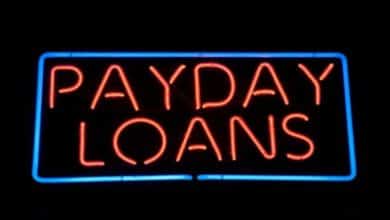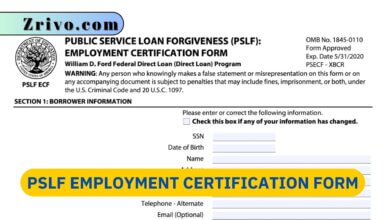What is a Balloon Payment?
A balloon payment is a type of loan with small payments for years and a larger final payment at the end. This type of loan can be a good option for people expecting windfall income or savings in the future.

Loan structures with balloon payments feature lower monthly payments because you’re paying for a smaller chunk of the asset throughout the contract term. This allows for more flexibility for cash flow concerns associated with economic cycles or project/operational uncertainties. Balloon payment arrangements are typically documented on one or multiple contract schedules. At the end of the loan term, a lump sum amount is due to pay off the remaining balance. In contrast, standard loans—such as 30-year home mortgages and five-year auto loans—feature fully amortizing loan terms. This means that a portion of each monthly payment covers interest costs and reduces the outstanding loan balance. With a balloon payment, the loan term only features low monthly payments until the final lump sum payment.
There are a few ways to handle this final large payment. One option is to refinance the debt, which can extend your loan term for another 5-7 years. However, you’ll need to qualify for the new loan. This requires your credit, income, and assets to be in good shape when the loan is up for renewal. Alternatively, you could also sell the asset purchased with the original loan. This is often the case for equipment buyers, who may trade in their machinery for a newer model after the final balloon payment.

Why Would Someone Do a Balloon Payment?
There are several reasons someone would choose a loan with a balloon payment. The most common is to lower monthly costs for a shorter period of time. However, these loans can still end up costing more than traditional mortgages. Another reason is to take advantage of a lower interest rate. However, borrowers should carefully consider all of their options before choosing this type of loan.
It’s also possible to get around having a balloon payment by refinancing before the loan is due. But this can be expensive, and it’s not always an option for borrowers. Typically, you must meet certain requirements, such as having an adequate credit score and substantial equity in your property.
You must save it or refinance if you don’t have the money to pay the large lump sum. If you are unable to refinance, you could face foreclosure.
There are also a few other ways to handle a balloon payment, such as negotiating an extension with your lender. This is similar to refinancing, but it typically changes the terms of your original loan instead of getting a new deal altogether. However, if you extend your loan, you must pay additional fees. Additionally, you may be required to provide a security deposit with your extension.

Is Balloon Payment a Good Idea?
A balloon payment has its disadvantages. The largest one is that it’s a lot like spring cleaning: You have lower payments in the years leading up to the final one, but you wind up owing a large sum at the end. That’s because you pay little or nothing toward principal, which reduces home equity and makes it difficult to refinance or sell the property when the loan term ends.
However, there are ways to avoid the problem altogether. One is to negotiate an extension. This changes the terms of your loan and delays the date of your balloon payment. Be sure to check with your lender and make sure there aren’t extra fees or prepayment penalties involved before making this choice.
Another option is to refinance before the balloon payment hits. This may be a good idea for some borrowers, such as those who expect a significant income increase in the near future. It can also save you money by reducing your interest rate and potentially freeing up funds to invest or meet other financial goals.
Finally, some borrowers choose to take out a balloon payment in order to buy a property sooner than they could with a traditional mortgage. However, this is not a good idea for most borrowers.





